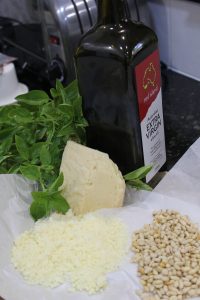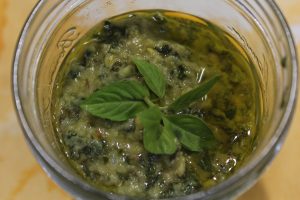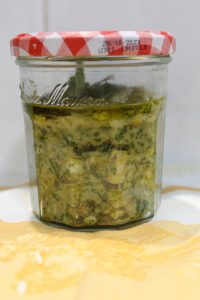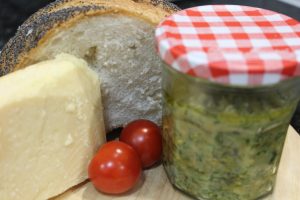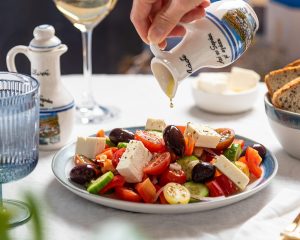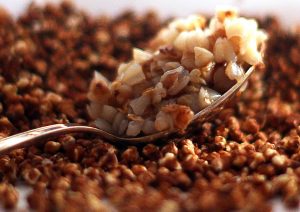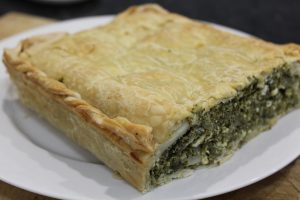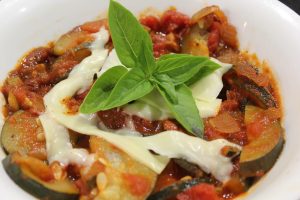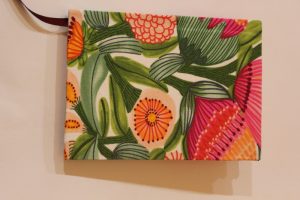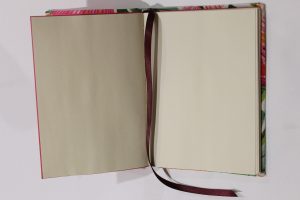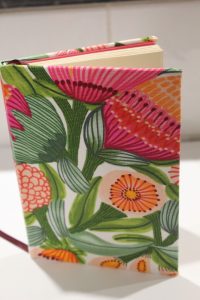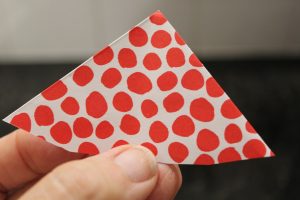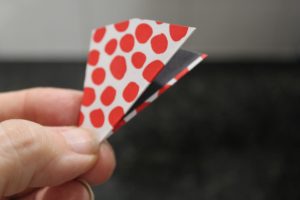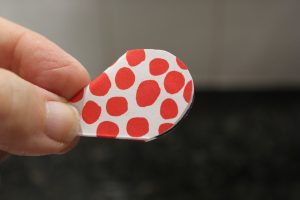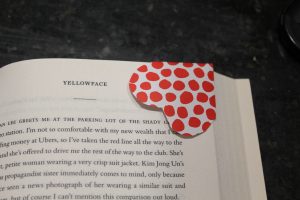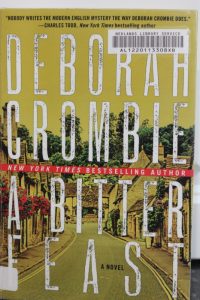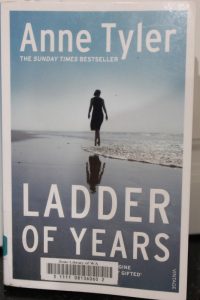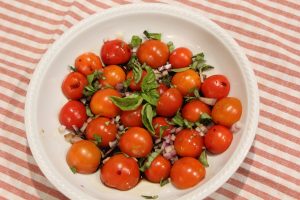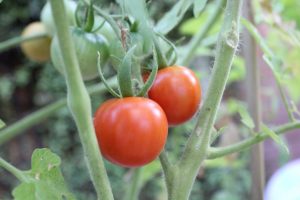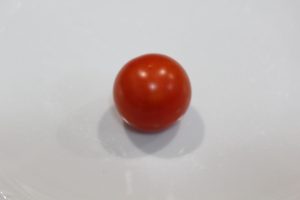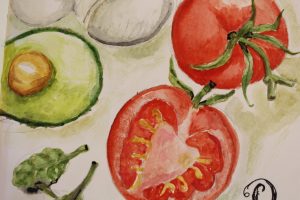Myopia and Children


Myopia, short sightedness, is increasing at an alarming pace in children. Globally, the rate of myopia rate tripled between 1990 and 2023, according to the British Journal of Ophthalmology. In fact, the World Health Organisation predicts that by 2050, half the world will need glasses. Ten percent will be high myopic which can result in severe complications and even blindness.
Myopia increases the risk of ocular disease. This includes cataracts, glaucoma, plus retinal detachment. Alarmingly, the greatest rise in retinal detachment is amongst young patients. One third of all people suffering from myopia go on to develop macular degeneration. This leads to visual impairment and eventually, blindness.
It’s estimated percentage of children in Britain with myopia is 15-20%. East Asia and Singapore are way ahead in data collection. In Singapore, the ‘myopic capital of the world’, 80% of adults are myopic. Myopia affects around 96.5% of 19 year old males in South Korea. Typically, East Asian children start school earlier, work longer days, do far more homework and spend very little time outdoors.


Why has this happened? Put simply, children are not spending time outside. Daylight is thought to stimulate the release of dopamine in the eyeball, inhibiting eyeball growth and distortion. The other critical change is the amount of time children are spending in ‘near work’ on screens. The recommendation for children to prevent myopia is 20/20/2, that is for every 20 minutes of near work, spend 20 minutes focusing on something in the distance, and the most important part, spend 2 hour outdoors every day.
Leisure activities have changed for children, too. China has the highest rate of video gamers (12.4 hours a week) and myopia in the world. Screens are blamed for the massive increase in myopia. Jonathan Haidt, who wrote the best seller The Anxious Generation claims the wide adoption of smartphones since 2010 plus the gradual erosion of outdoor play has resulted in a catastrophe of poor teenage mental health and higher rates of suicide and self harm. He refers to the current generation of teenagers as ‘anxious, sleep-deprived, narcissistic, and susceptible to terrible influencers and the rest.’


All images in this entry Pixabay
Children need to avoid myopia. It can’t be stopped or reversed, so best avoided all together. Apparently, the best way to avoid myopia is put down the screens and send children to play outdoors.
baby cos lettuce with Pesto dressing
After twelve weeks of attending appointments we had a little break. All my husband’s post radiotherapy scans are now back, as are blood tests. Good results. Next week he starts immunotherapy. One of the problems with spending hours at the hospital was the food available. It was pretty grim unless I went to the Childrens Hospital. Although that added several thousand steps to my step count, it also took a lot of time, even though I didn’t sit down to eat.
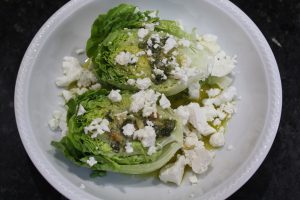

So I’ve mastered quick meals I can make. My new favourite was so easy! I just washed and halved a baby cos lettuce, then drizzled vinaigrette over it. The dressing was simply 6 dessertspoons of olive oil and 2 dessertspoons of vinegar, then a grate of black pepper and a sprinkle of salt. I added a dessertspoon of pesto, shook the jar, then poured it over the lettuce. The second time I made this salad, I added slithers of preserved lemon to the dressing and would do that again. I crumbled sheep feta over the lettuce, but if you were eating at home you could add smoked salmon, tinned tuna or shredded chicken.
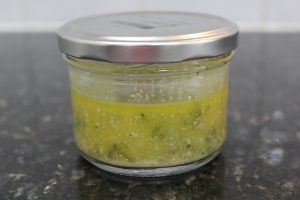

Added a spoonful of pesto to the vinaigrette, shook until it blended in, then poured over the lettuce. Crumbled feta on top.


My husband’s sense of taste has not returned although sometimes he can taste tea, but it doesn’t taste like tea! Today I made a buttered chicken curry. I was heavy handed on the spices and chopped the chicken pieces into slithers when I served my husband. He can taste the heat but not the flavour. Fingers crossed this improves with time.

